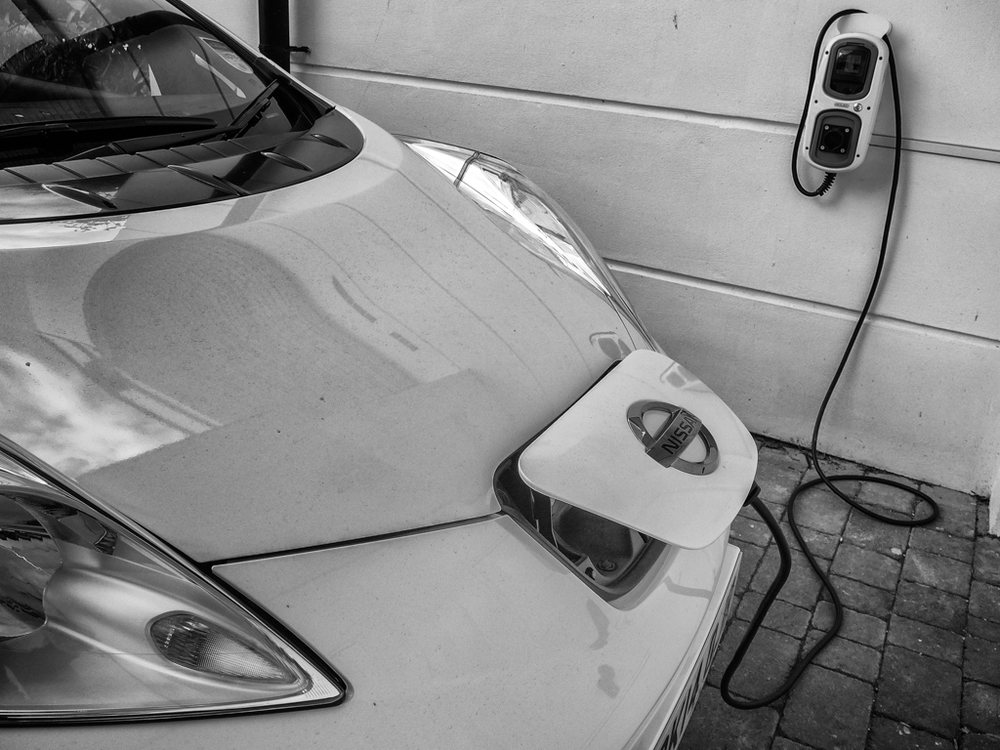
At the crack of dawn this morning our new long-term test Nissan Leaf arrived, its batteries fully charged and raring to go. Over the next year I shall be giving my impressions of the car and my experiences of motoring on a shoestring (and tied with a shoestring to the nearest public charging point). I anticipate that with a range of up to 90 miles between charges, the Leaf will provide some interesting times and the occasional bout of anxiety.
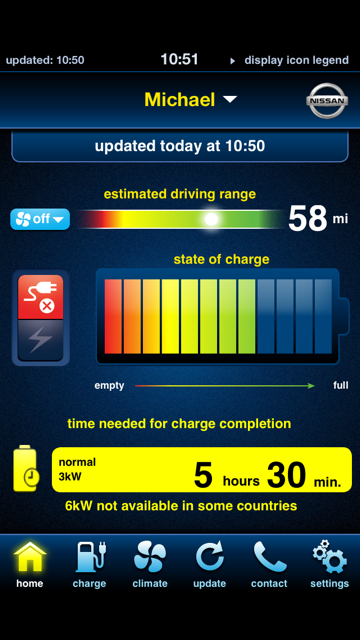
My pearly white Leaf comes in the mid-range Acenta version and has most of the toys I love, including cruise control, satellite navigation, Bluetooth phone, and something I have not been used to—a nifty rear camera to help with parking. First impressions of the finish and quality are good. Inside there are acres of rather unappealing plastic fascia but the central console is finished in an attractive piano black gloss. Unlike many electric vehicles, the Leaf is a full-sized family car with lots of room and excellent comfort. No compromises here.
It is also good to know that this is a British car, a stablemate of the Nissan Qashqai, What Car’s reigning Car of the Year. I’m told by Autocar that more cars are now made in Washington, CD (yes, County Durham, not District of Columbia) than in the whole of Italy. An unlikely story, I thought, but it’s impressive.
iPhone control
I had already registered for Nissan’s Carwings remote-control system and downloaded the app to my iPhone. As soon as the Leaf arrived it was showing up on the phone and I am now master of the compliant carriage from wherever I happen to be, even from the bath. I am intrigued to find that I can turn charging on and off via the phone and also tell the Nissan to to warm or cool itself while I am downing that last cup of morning coffee. This makes sense because the energy for heating or cooling can be drawn from the mains rather than from the car’s batteries.
My main interest in the Leaf is as an electric vehicle rather than as a emissions-saver. I have always fancied driving an electric-powered car and now is my chance. The economy is welcome, said to be around the 130 mpg mark, but the low-emissions credentials save me money in other ways. For instance, there is no road tax to pay, nor do I have to shell out £10 a day to enter the central London congestion zone. I already have my excused-congestion-charge chitty to flourish at any over-enthusiastic jobsworth I encounter on my travels. For the first time in 11 years I can drive right across central London without let or hinderance. This will be a rare treat because I have always refused to pay and have either skirted the centre or resorted to public transport.
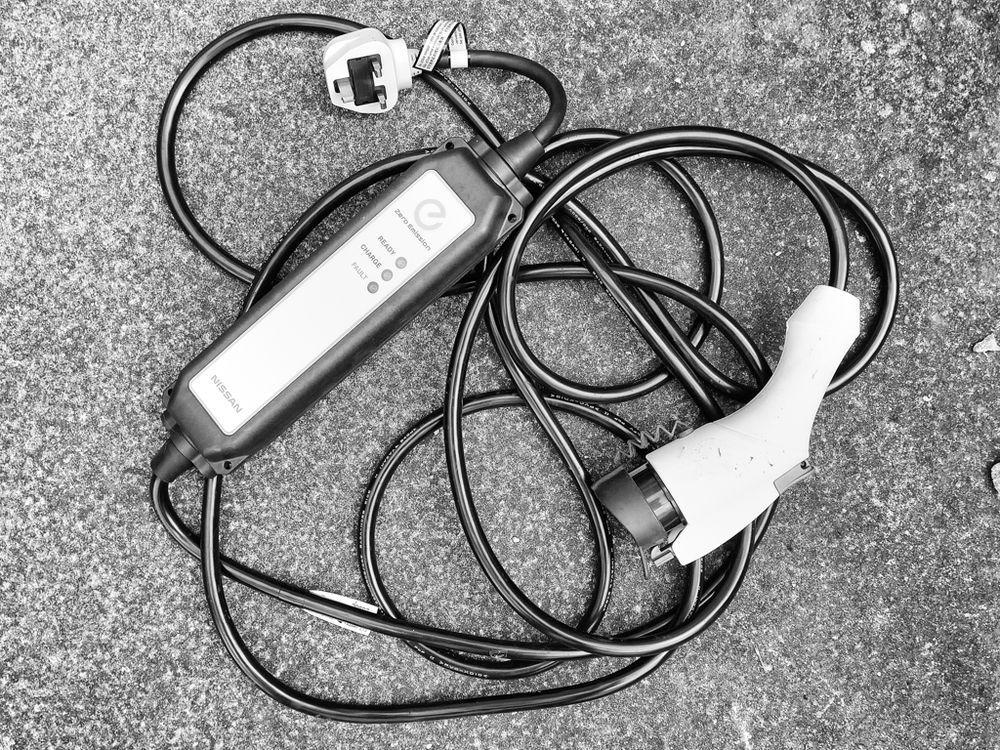
Porsche 911
This is just the first day but I couldn’t resist taking the car for a baptismal spin. The Leaf is eerily silent and, not surprisingly, there are no moving parts when the vehicle stops in traffic. Underway, the only noise comes from the tyres, plus a low hum from the motor. Acceleration is subjectively very fast. I stepped out of a Porsche 911 and the Leaf doesn’t feel like small change in the 0-60 stakes. Of course, this is nonsense as a quick glance at the specs will tell you. But it just feels faster than it is for some reason. This is almost certainly a result of the high torque characteristics of the electric motor compared with the low initial torque and fussy revving of an internal combustion engine.
Because of the low noise and lack of any indication of speed from the motor, it is very easy to overstep speed limits. I found myself constantly lifting off the accelerator as the digital speedo soared. There is also a rather alarming lack of engine braking when lifting off the throttle and, more than once, I had to brake harder than I would have thought necessary.
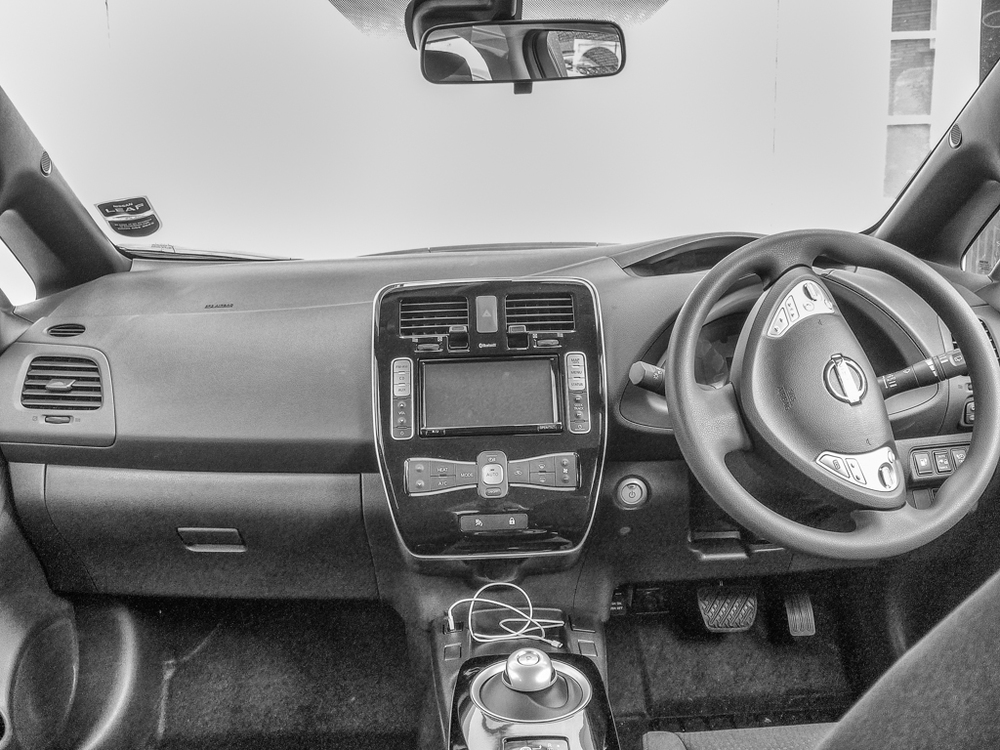
Morris Minor
To some extent these features (sprightly acceleration and lack of engine braking) are addressed by choosing one of the other two drive modes. B mode introduces more engine braking effect, using the reduction of speed to charge the batteries. Eco mode, the most leisurely of progressions, retains the braking effect and recharging features of B mode but puts a significant damper on performance. Acceleration is “leisurely” (think 1960 Morris Minor) but, it has to be said, perfectly adequate for town use. In fact, already I prefer using the eco mode in town. It is no problem to press the central “gear knob” to induce a bit of 911 into the proceedings.
All this is based on a miserly 50 miles of electric motoring, so my opinions and preferences will undoubtedly change as I get more used to the Leaf. For the first day, though, it’s definitely a ten out of ten.

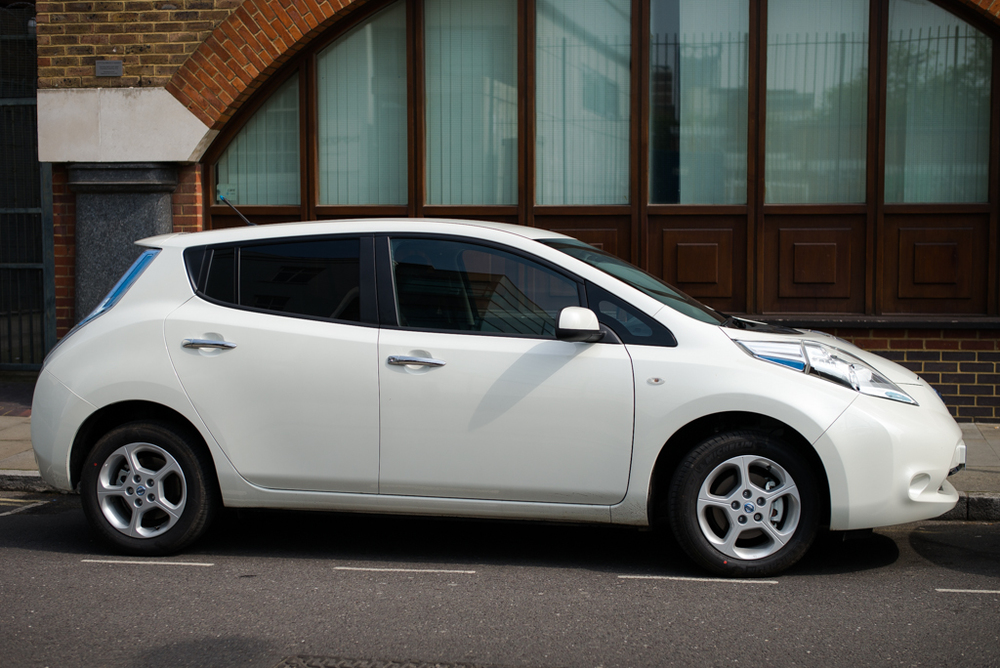
Love this Michael and so excited to see how you feel 3 and 6 and 12 months from now.
Keep a log of savings as well I bet you will be very surprised in the end
Thanks, Austin. I will certainly attempt to calculate savings but there is a inevitably a lot of guess work with an electric car. For instance, the fuel comes mainly from the domestic electricity supply and there appears to be no easy way of metering this. I am also still unsure exactly how the payment for public charging points is calculated. There is also the full cost of the vehicle to take into account and this, in my case, would have to be a notional calculation. I suspect when all these things are taken into account there will be no real saving above the cost of a similar sized and specified normal car. One of the problems is that someone needs to Kickstart the use of electric cars. With more investment in public charging points the 90-mile range would be more palatable. But this widespread availability I will come inly when the number of cars on the road reaches critical mass. At the moment the purchase cost and compromise in practicality are preventing such mass adoption. The main thing is, however, from what I have experienced so far the Leaf is much nicer to drive than an equivalent carbon-fuel vehicle.
I have had a Leaf for 2 1/2 years, and love it. 17 miles each way to / from work with no problem. It is a combination of city streets and limited access motorways at high speed. I find it very comfortable. Don’t use ECO mode for highway driving. The acceleration is fantastic in DRIVE mode — I usually do much better than any other car around me. Often going 80 mph. I wouldn’t recommend the car for everyone, but for my requirements it is a great fit. On weekends it is wonderful as a city car. In winter — to save electricity, use the seat heaters and driving wheel heaters (powered by the solar panel on the back of the roof and a separate battery). There are even seat heaters for the back. The cabin heater uses a LOT of juice. Air cond. uses elec, too but it seems to be less of a drain than the heater. I use air cond. all summer and still have plenty of range left after my commute.